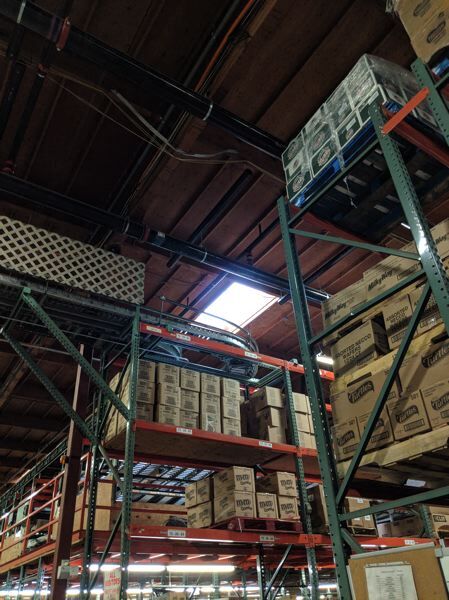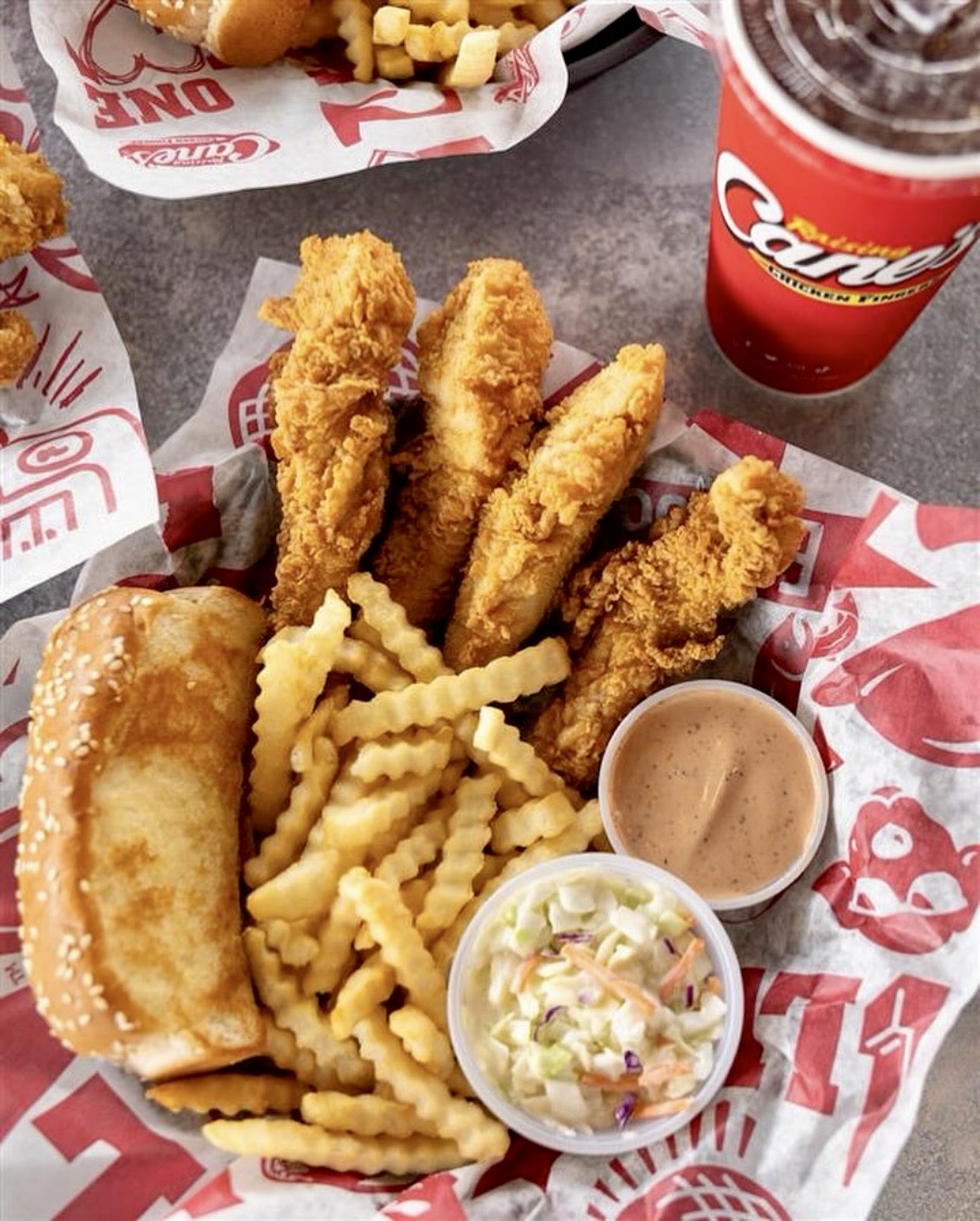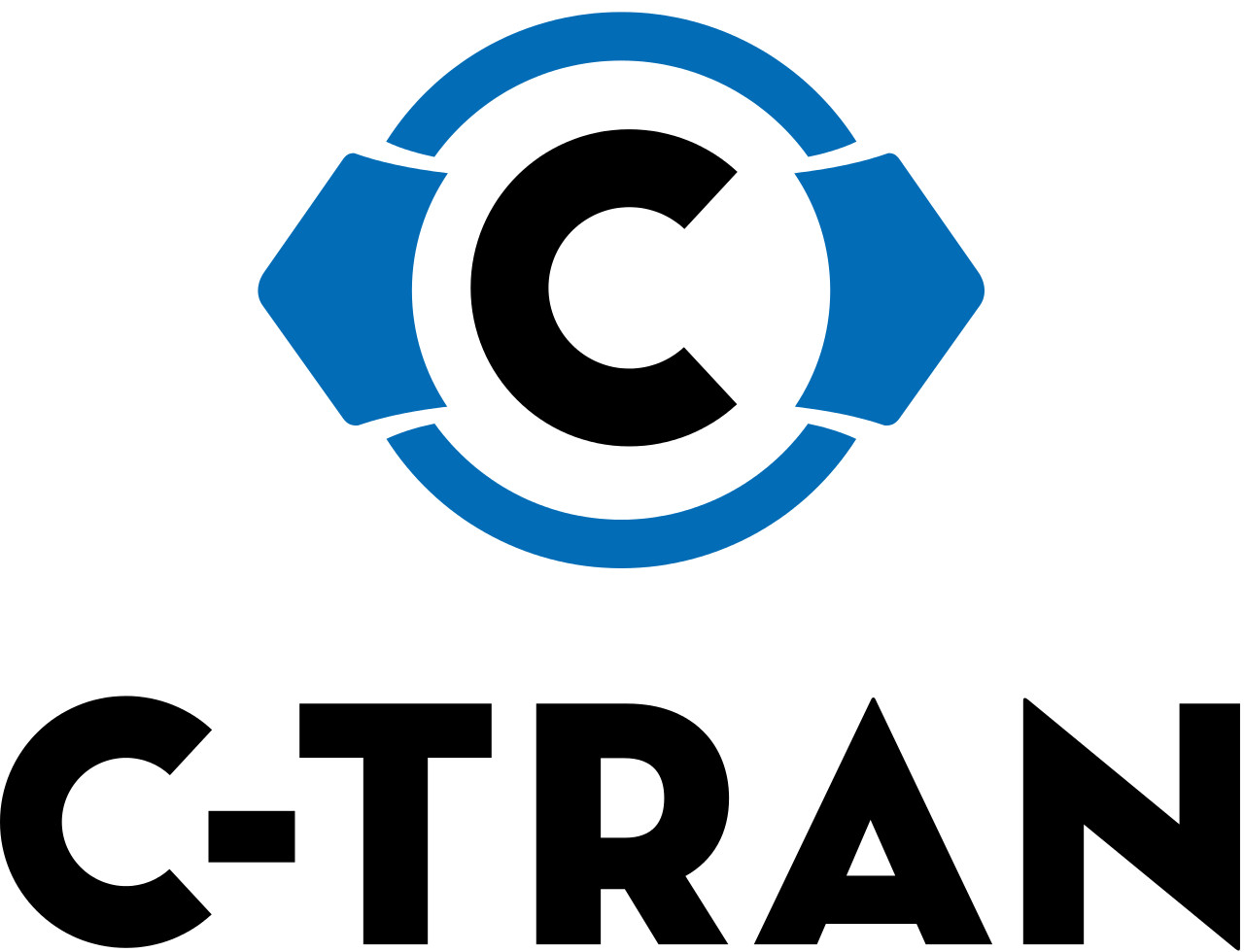Core-mark: convenience still has the edge
Published 12:00 am Friday, March 23, 2018

- Core-Mark in Southeast Portland.
Next time you’re in Christmas Valley and stop for a Slim Jim at the gas station, or Raleigh Hills and buy an Alpenrose chocolate milk in Plaid Pantry, it’s worth reflecting that they got there thanks to a booming Oregon industry: distribution.
Trending
Specifically, there’s a good chance they came vie Core-Mark, a distribution firm whose trucks leave Clackamas County and head as far north as Bellingham, Washington and south down to the Oregon-California border.
Core-Mark is one of five Portland-area companies serving the convenience store market. All those lighters, Red Bulls, fruit pies and Bic razors are part of an increasing speeded-up supply chain — one where spending too long parking, walking the aisles or standing in the checkout line can make all the difference.
Core-Mark’s Oregon operation is run from a large warehouse just behind the Lowe’s on highway 224, near where it crosses I-205. Around 45 people work the floor in two shifts.
Trending
Cory Kaufman’s whole day is preparing for the night. During conversation his eyes start to wander when the warehouse goes quiet. The line that sees plastic tote bins trundling all around the building until they are stacked at the loading dock has suddenly ceased. He jokes that any time the production line stops his blood pressure goes up.
The day crew receives the products from around the country: flats of Hershey bars, rolls of Brawny, pallets of Ramen noodles. Then the evening crew picks and packs the products into plastic totes that the drivers take out to the stores.
He introduces some of the day crew. They stand in narrow lanes able to reach boxes of merchandise on their side. A red LED number flashes up telling them how many of an item to select and toss into a tote before sliding it along the rollers to the next person. Ty Josh is athletic in the way he ducks and spins gathering items for his tote. He’s been there five months and is a rising star.
Kaufman explains that Josh, like everyone else, started in the warehouse at $14 an hour. Because he is a fast worker — “a hustler” — he finishes early and helps out on other tasks. He is already being trained to drive a forklift, which will push his salary up another $1 an hour. (With two years of experience a forklift driver makes $16 to $17 an hour.)
Core-Mark serves a number of retailers including Plaid Pantry, ampm, Porter’s, but 60 percent of the clients have three stores or less. That is, they are the kind of mom and pop stores, the independents, who traffic in fish bait and lottery tickets, USA Today and Miller Lite, on corners throughout Oregon.
Although it’s a national company, based in San Francisco, Core-Mark has 60 drivers based out of Oregon. They “shuttle up” for long journeys, handing over at places like Tacoma to a second driver so they can get home in a day.
The Portland President, Mike Hannon, makes the mission sound simple. “Our job is to distribute to convenience locations throughout Oregon and Washington, and our role is to prepare our retailers to be competitive,” Hannon told the Business Tribune.
Broken case
Fresh food has been in the ascendant in the last few years as customer tastes have become healthier. Cor-Mark buys fresh sandwiches from three commissaries — Mary’s Harvest, Portland Sandwich and AG Specialty — which themselves are like warehouses with kitchens, pumping out thousands of items a day.
Suppliers like Core-Mark own their inventory: they buy cases gum and candy and store them in the warehouse. Hannon says they are slightly different because they do “broken case,” meaning they will open up a case of a product and sell smaller amounts.
Hannon’s colleague Randy Wayland knows his team of salespeople and tries to anticipate retailers’ needs.
While Hershey, say, might be pushing a certain line of candy to Core Mark, they might also be in touch with the retail chain to market the same idea.
So, Core-Mark also has a role in marketing to the retailers, and does research. In San Francisco they study Nielsen IRI data to try to understand consumer buying patterns.
“We build planograms around that,” says Hannon. These are designs of where to stock items for maximum sales. “It isn’t just throw boxes into a store. With candy at eye level you have your best sellers, then lower you have the change makers and novelty items for children, which are at their eye level.”
Speed is essential.
“In convenience you have a small space. You’ve got to turn fast. You can’t have too many dead items when you only have a finite space.”
He adds, “You focus on near to immediate consumption products. The life of a candy bar after purchase isn’t too long. Individuals go to convenience because they’re looking for a fast transaction and they’re looking for familiar brands. We put our stores in a position to chase those fast transactions.”
Drivers deliver to around 15 stores a day and focus on making on-time, correct deliveries.
If something bad does get through (say a pack of trash bags with seams that don’t hold) Hannon says Core-Mark helps the retailer get their money back from the bag vendor.
“Our credit is a big part of what we do,” says Hannon.
Even though the convenience store owns the inventory once they take delivery of it, Core-Mark plays intermediary, keeping both side happy, sometimes sticking up for the little guy.
Routine
In the age of Postmates and other quick delivery services which will bring you a pair of headphones, a Juul and a pint of ice cream inside an hour, brick and mortar convenience retail still has staying power, because it satisfies cravings in seconds.
It also has something else powerful: routine.
“Convenience has coffee,” says Hannon. “It has a lot of staples that run people’s routine: a soda or a burrito lunchtime, a fresh sandwich at dinner… The convenience store has maintained relevancy because it has become part of people’s routine, and routine is what drives some of the consumer habit.”
His team looks for products that turn faster than others.
Seasonal is big: Reese’s Easter candy, Cadbury eggs…
“Then there’s my wife’s favorite, the Reese’s peanut butter cups with Reese’s pieces inside,” says Hannon.
They see a lot of cross branding and experimental sweets as candy makers try to finesse consumer cravings and chase novelty.
Alello has a theory: “People don’t go into a big store unless they are going for
particular brands. A lot of people prefer their neighborhood market — it’s like that Plaid Pantry tag line, ‘Your neighborhood market.’ If I need a gallon of milk I don’t waste my time going into a Safeway, it’s a lot more gymnastics getting in than a convenience store.”
Handhelds
Technology helps. Shopkeepers, drivers and salespeople all have hand-held scanners. They are made by Bluebird and run software by Tiva and Core-Mark. Point them at a SKU label and they can tell the eight-week order history of the product, including the rate at which it is selling. In the old days they might reorder a box of Baby Ruths if it looks like it’s running low. But that didn’t not take into account the rate at which it is was running low. These gadgets do. It’s all about turning inventory fast, but also about ordering replacements at the exact right time.
Says Hannon, “We want our retailers to still be in business down the road and we have to help arm them in that battle.”
He says as bigger companies have gotten into warehousing the technology has improved. Radio frequency tags are common. But the conveyors still run at modest speeds. “You can only work as fast as humans.”
Five-mile radius
The division has 275 employees, of which 110 have been with the firm five years or more.
The firm is permanently recruiting, with ads on Indeed and Craigslist. They offer employees full benefits to employees and scholarships for the children of non-managers.
It’s not easy work. Faces are furrowed in concentration. No one is goofing off. It’s too loud for music. The sounds are the white noise of the conveyor belts and the backup beep of forklifts. The place smells like Cash & Carry, and looks a bit like it too. Inventory is piled high on metal shelving, as are boxes of office papers and other storage.
Hannon says that even in the recession they were hiring, because people were still buying staple items like toilet paper and dairy. Staff come from a roughly five-mile radius, some by MAX and even by bike.
It takes two weeks to train someone to pick product, then 30 days to do the job well. After 90 days staff are allowed to mix it up and try other tasks.
Nikki Ornelas is fast worker. (She does everything fast, her manager jokes. Even when she leaves to get her bus, she’s gone in 60 seconds down the long drive.) She was Day Warehouse Employee of the Year in 2017.
Ornelas says the hardest thing about the job is the weather — the cold comes inside, as does the summer heat.
“The nicest thing is building new relationships with the people you work with. You get used to the new person and conversate with them. You tell them something you struggled with, let them know you have open arms, and if there are any questions they can ask…”
Cory Kaufman, who runs the day shift, started there 13 years ago stacking totes. He’s done most jobs and is proud of his upward progress to manager.
The Portland/Clackamas base has expanded in the last 10 years, adding freezer and dairy buildings. For those gallons of milk and Hungry Man dinners.
Asked what the hardest part of the job is, Kaufman says “I’d love to tell you it’s mental but it’s not. It’s that Mike might be teammate today, but not tomorrow. Somehow we have to get a team together and keep up the safety accuracy and efficiency.”






